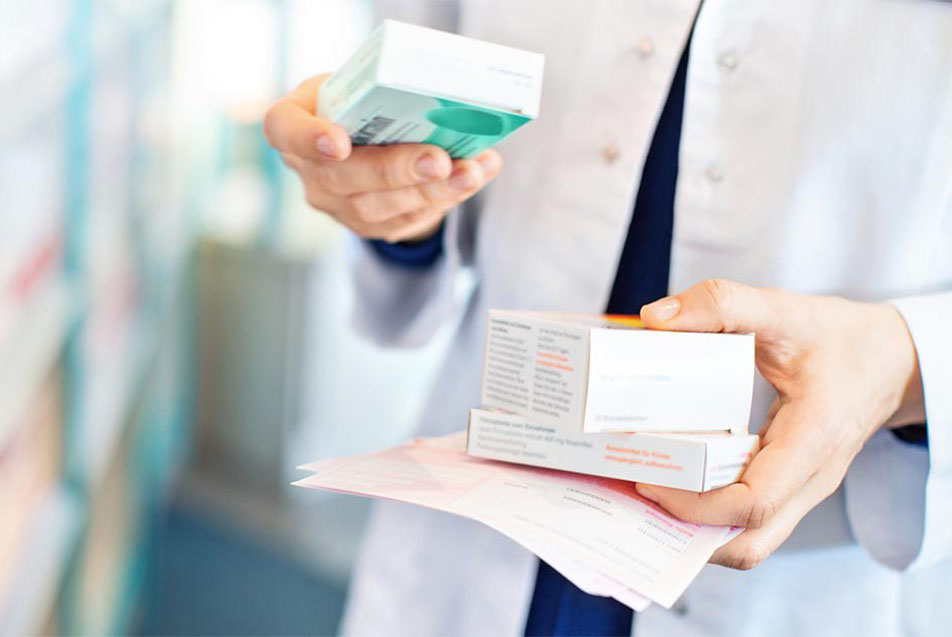When it comes to medical terminology, understanding the abbreviations and terminology can be a bit confusing. One of the most commonly used abbreviations is “po” which stands for “by mouth.” This abbreviation is often used in prescriptions and instructions to indicate that a medication should be taken orally rather than through other routes such as injection or topical application.
This abbreviation is derived from the Latin term “per os,” which literally translates to “through the mouth.” It is important to note that this abbreviation can also be used in conjunction with other instructive words such as “bid,” meaning twice daily or “qd” meaning once daily. When combined with other instructions, po indicates that the medication should be taken by mouth based on the frequency specified.
In addition to being found on prescription labels, this abbreviation may also appear in medical charting and other documents related to patient care. For example, a nurse may chart an observation as “Patient PO intake adequate per physician order.” In this instance, PO would indicate that all of the patient’s nutrition was taken orally according to physician instructions.
It is important for both healthcare providers and patients to understand what the by mouth abbreviation means when reading a prescription or other document related to patient care. By understanding this abbreviation, healthcare providers can ensure that medications are administered according to prescribed directions and patients can ensure that they take medications properly as instructed by their healthcare provider.
Does ‘PO’ Abbreviate ‘By Mouth’?
Yes, PO stands for “per os” which is Latin for “by mouth.” This is an abbreviation commonly used on prescription medications to indicate that the medication should be taken orally (by mouth). It is also sometimes seen as “PO qd” or “PO bid,” which indicates that the medication should be taken once daily (qd) or twice daily (bid).

Understanding the Difference Between BD and OD
BD and OD are abbreviations that refer to how often a medication should be taken. BD stands for “bis in die” which is Latin for twice daily, meaning that the medication should be taken twice a day. OD stands for “omni die” or once daily, meaning that the medication should be taken once a day. Therefore, 1 BD means take one pill twice a day and 2 OD means take two pills once a day.
Understanding the Meaning of PO and OD in Medical Terms
In medical terms, “PO” stands for “per os,” which means by mouth. This refers to the route of administration of a medication or other treatment that is taken orally. “OD” stands for “oculus dexter,” which means right eye. This is used to indicate the eye that should be targeted when prescribing certain medications or treatments for the eyes.
Understanding the Meaning of ‘Nothing By Mouth’ (NPO)
NPO, or “nothing by mouth”, is a medical acronym used to indicate that a patient must refrain from consuming any food or beverages orally. This restriction is typically put in place for medical reasons and can last anywhere from hours to days. NPO is prescribed for many reasons, including when a patient needs to fast prior to a procedure such as an endoscopy or surgery, or when food and/or drink may interfere with a medical test or treatment. Additionally, NPO may be ordered if the patient has difficulty swallowing and could aspirate the contents of their stomach into the lungs; this precautionary measure helps prevent aspiration pneumonia. Lastly, NPO may also be used as part of an oerall treatment plan when the patient is unable to take in adequate nutrition orally due to a condition such as cancer or Crohn’s disease.
The Meaning of ‘BD’ in Medicine
BD in medicine stands for “twice daily” or “two times a day”. This is a common abbreviation used to indicate that medication should be taken twice a day, at specific times. For example, if a prescription label reads “Take 1 tablet BD,” it means the patient should take one tablet twice a day. It is important to follow the instructions on the prescription label exactly and take the medication as directed.

Understanding the Meaning of ‘BD’ in Medical Writing
Doctors write BD on a prescription to indicate that the medication should be taken twice daily. This is an important instruction for patients to follow, as taking the medication twice daily helps ensure that the patient receives the full benefits of the prescribed medicine. Taking a medicine too often can lead to side effects, while not taking it often enough can mean that it is not effective. By writing BD, doctors are ensuring that patients maintain an appropriate schedule with their medications in order to maximize their benefit and minimize potential side effects.
Understanding OD, BD, and TDS in Medical Terms
In medical terms, OD stands for once daily, meaning the medication should be taken once in a 24-hour period. BD stands for twice daily, meaning the medication should be taken twice in a 24-hour period with an interval of 12 hours between doses. TDS stands for three times daily, meaning the medication should be taken three times in a 24-hour period with an interval of 8 hours between doses.
Understanding the Meaning of ‘OD’ in a Medical Prescription
OD stands for “Once in a Day” and is commonly used when writing out a medical prescription. It means that the medicine should be taken once per day, usually at the same time each day. Depending on the type of medication prescribed, it may be best to take it with food or on an empty stomach. In addition, some medications should be taken with a full glass of water to ensure that it is properly absorbed into the body. It is important to follow the dosage instructions from your doctor or healthcare provider and not to increase or decrease the dosage witout consulting them first.
Drinking Water During NPO Periods
Yes, you can drink water when you are NPO (Nothing by Mouth). Clear water is encouraged up to two hours prior to your arrival at the hospital or surgery center. Water is a clear liquid, so it is allowed as part of an NPO diet. Other clear liquids such as tea, broth, and clear juices without pulp are also acceptable. However, milk and dairy products are not allowed.
NPO Status: Reasons for Patients to Abstain from Eating and Drinking
Patients become NPO (Nothing by Mouth) before surgery or medical procedures for a number of reasons. The primary reason is to prevent aspiration, which is when food, liquid, or vomit enters the lungs while under sedation or anesthesia. Aspiration can case serious complications including pneumonia, respiratory distress, and even death.
NPO orders also help reduce the risk of gastric distention and vomiting during sedation or anesthesia which can also lead to life-threatening complications. Additionally, fasting for a period of time prior to surgery helps reduce the amount of stomach acid that may be aspirated into the lungs.
Finally, NPO orders also help ensure that patients have an empty stomach during surgery or medical procedures as it will make them more comfortable overall and reduce the risk of nausea and vomiting afterwards.
The Difference Between NPO and Fasting
No, NPO and fasting are not the same. Fasting involves refraining from eating food for 8-10 hours before a specimen is collected. During this time, patients may still have water if necessary. NPO means that no food or fluids should be taken after midnight the night before a procedure or test. Both fasting and NPO are important preparation steps for certain tests, but they are not the same thing.
Conclusion
In conclusion, the medical abbreviation ‘PO’ stands for ‘by mouth’ and is used to indicate that a medication should be taken orally. It is important to understand this abbreviation in order to ensure proper dosage and timing when taking medications. Knowing this abbreviation can also help you understand other medical abbreviations related to taking medications, such as ‘bid’ (twice a day), ‘pc’ (after meals), and ‘prn’ (as needed). By understanding these abbreviations, you can ensure that you are taking your medications correctly which will ultimately lead to better health outcomes.
